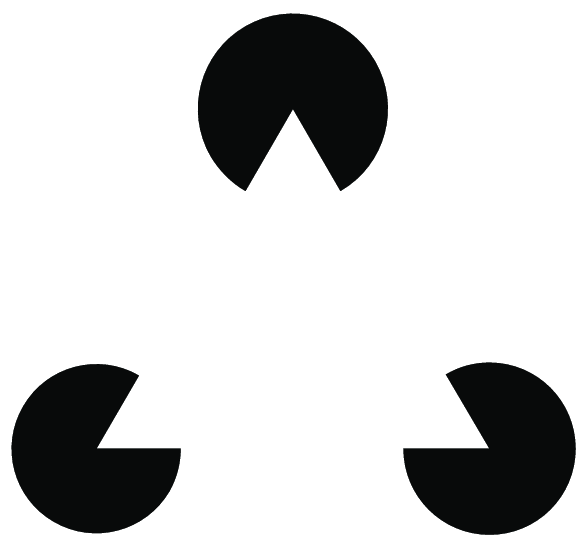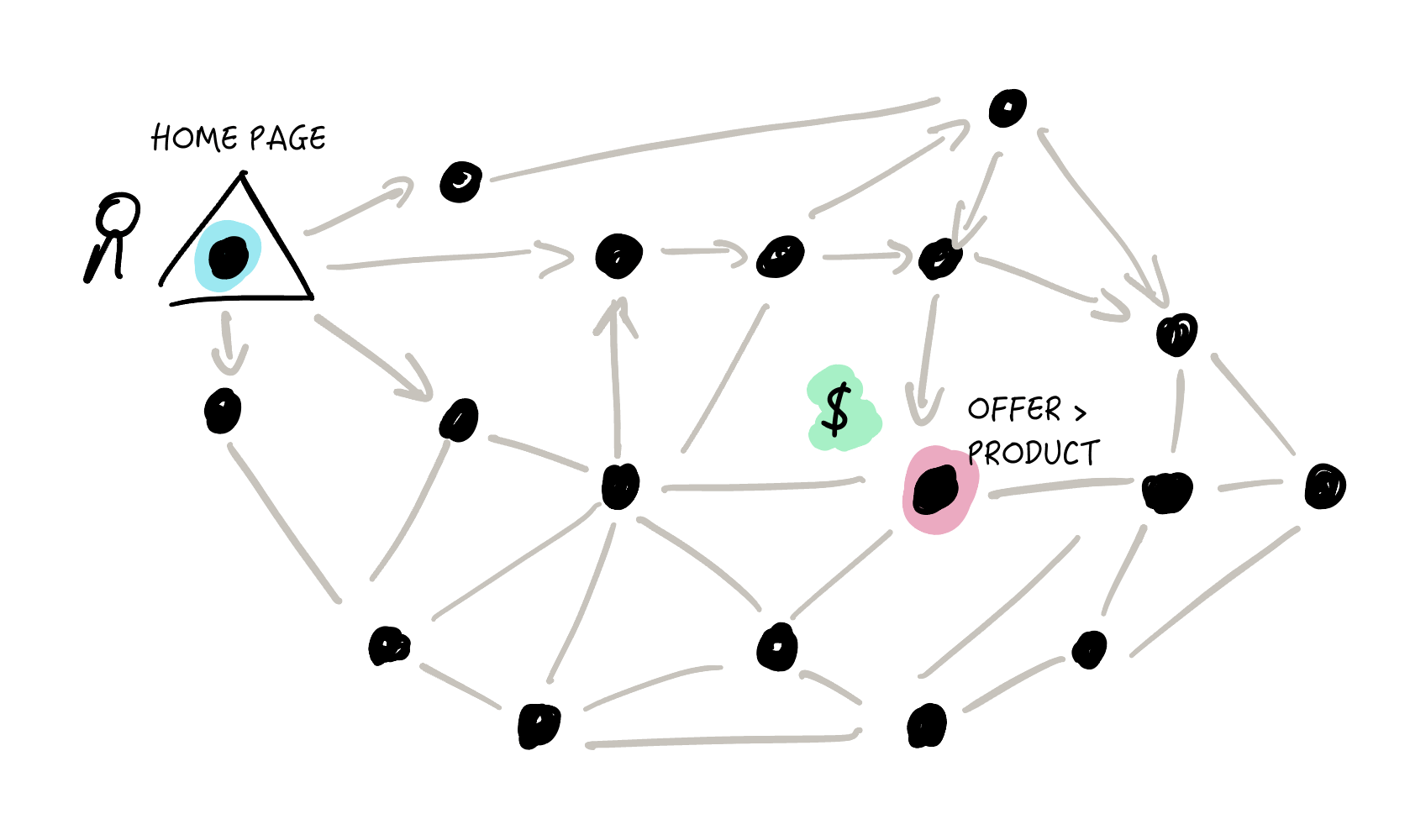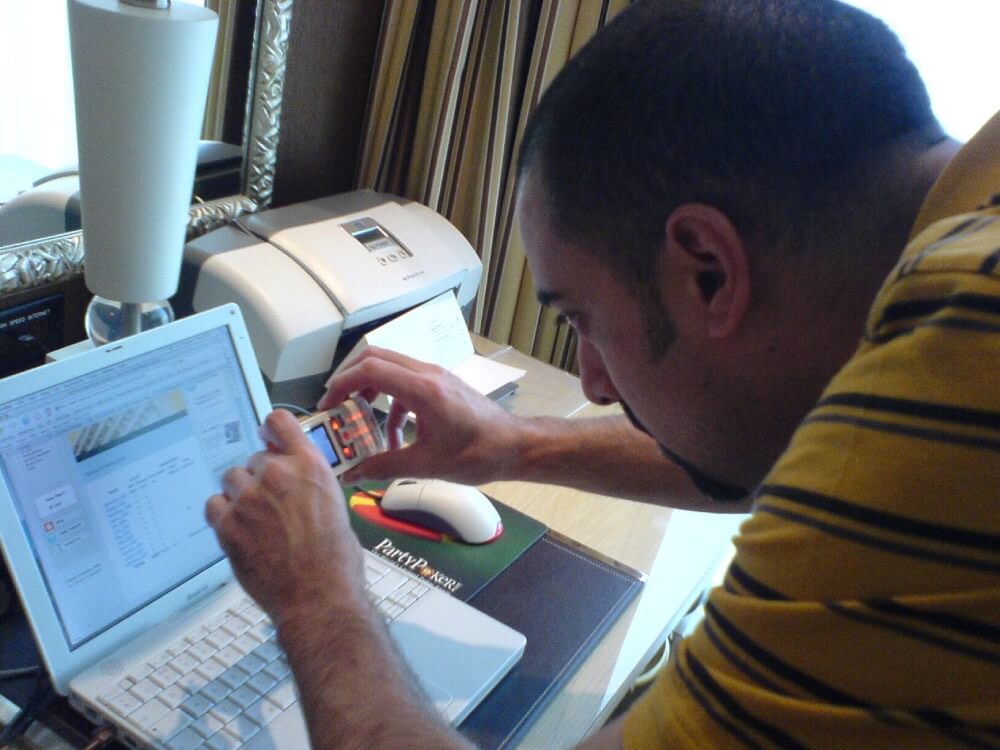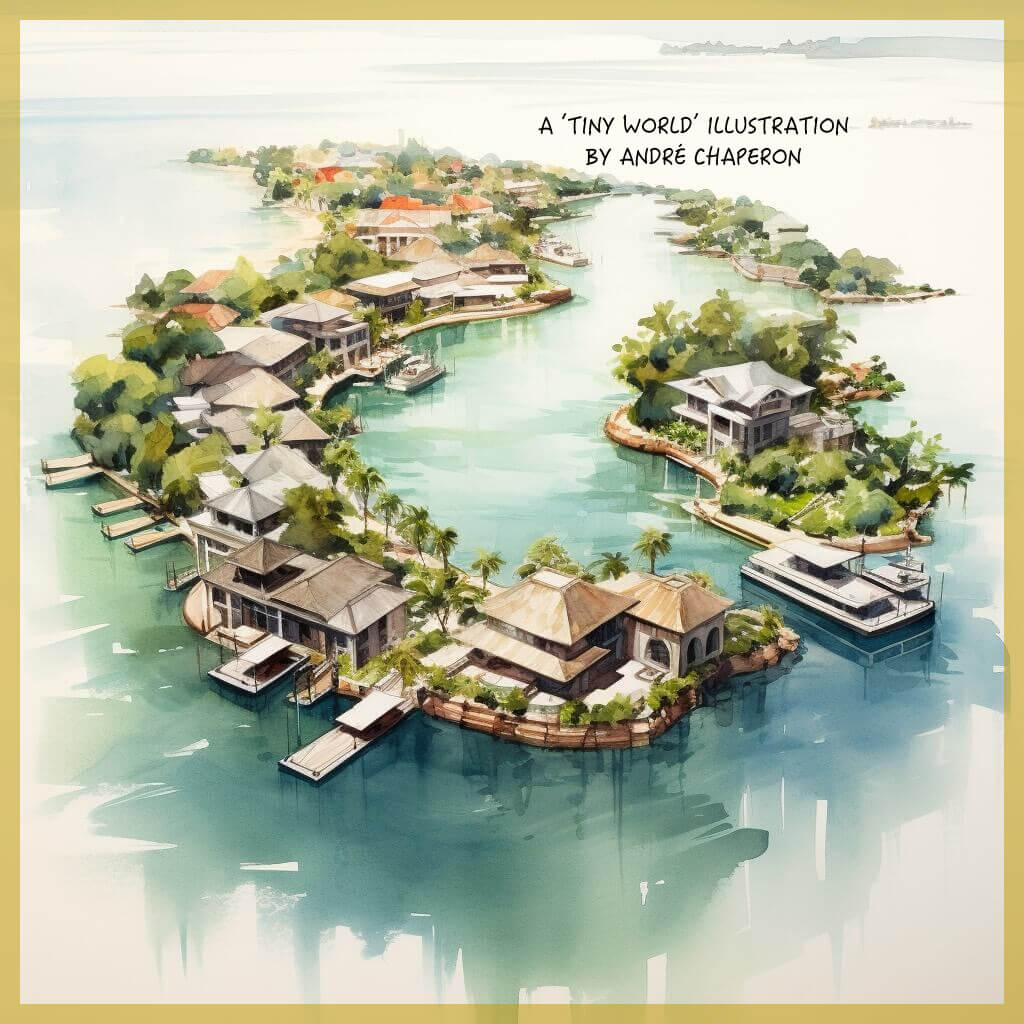Hey, it’s André…
This email is a little longer than the previous two, so I’ll get straight into it…
The Kanizsa Triangle is a subjective or illusory contour illusion. It’s named after Gaetano Kanizsa, the psychologist who described its effect in a paper in 1955.

In the illusion, a triangle is “perceived,” but in reality, there are only three Pac-Man-like figures and three angles.
The “triangle” that the viewer perceives is not drawn.
Kanizsa’s work was part of a broader investigation into perceptual organization, the principles that determine how we perceive a series of sensory inputs as a meaningful whole.
The Kanizsa Triangle demonstrates how our brains make sense of the world by filling in missing information that they expect to see. This can lead to fascinating and counterintuitive results.
Now let’s get a little fancier…
Here’s another expression of the Kanizsa illusion, but now with more nuanced contours, causing our brains to perceive a three-dimensional cube.

With this in mind, let’s expand on the idea that it’s relatively easy to see what’s not there when we believe it to be so.
In my opinion, the conventional linear funnel fails to capture what actually happens in reality when individuals encounter a sequence of overly engineered conversion points:

I refer to this funnel expression as a “closed” linear system.
Now let’s contrast that with a (very) different perspective…
Here’s an example of an “open” non-linear system funnel with the same starting and desired endpoint (a sale or offer conversion):

While this may look like a random mess that looks nothing like a “funnel,” that’s only because what you’re expecting to see, you’re not seeing.
The Kanizsa illusions demonstrate that we simplify the world and see what’s not actually there.
The “Closed System (Linear) Funnel” (FIG1), and its perceived benefits, are an example of that over-simplification, where our brains fill in missing information that’s perceived yet doesn’t accurately represent reality.
It’s linear, and it’s closed…
Which means fewer opportunities to “lose” someone between point A and a sale.
It’s more predictable, with fewer opportunities to spring a metaphorical “leak” between its endpoints.
It’s more measurable (every point can be tracked, ROI easily calculated).
The traditional linear funnel is optimized to produce single-digit percent sales conversion across a narrow (compressed) time horizon.
That’s its function (goal).
And to that degree, once it’s optimized, it fulfills its function well.
What’s not to love, right?
Yet, what about the other 90-something percent of people who were pushed through the hopper and didn’t result in a sale?
When second-and-third-order consequences are considered (a long-term view), the impact of “pushing” people through compressed, linear funnels comes into sharper focus.
The consistent sales pressure inherent within these funnels can (and does!) undermine future sales opportunities.
Remember, we’re meant to be earning trust and attention, which is difficult to do when the implicit function of a sales funnel is to persuade (and coerce) sales immediately.
Let’s revisit the illustration of our ‘open world’ funnel example:

The “Open World (Non-Linear) Funnel” (FIG2) is a much more accurate representation of reality (the benefits of which I unpack in more detail in coming emails).
Just because you can’t “see” a funnel in the image above doesn’t mean one isn’t there hidden in plain sight.
Make no mistake, it’s there.
Think about it like this…
“All roads lead to Rome” is a proverb indicating that during the height of the Roman Empire, a number of important European roads did indeed lead to Rome.
It implies that there are many different ways of doing something or many different routes to a desired endpoint.
The beauty of ‘open world’ marketing is that the system is designed to pull people through whatever path is right for them (discussed in the next email), which eventually leads to “Rome.”
The counterintuitive part, when you look at the visual, is that within the chaos is order.
What’s not obvious when looking at the visual is that “waypoints” exist, implicitly and explicitly, within our content pointing the way toward “Rome.”
Let that sink in. It’s important. (I’ll wait.)
You’ll want to re-read this email a few times to capture all the nuances.
I’ll double-click on this idea in more detail later (and will add a little more color in the next email).
André
P.S.
Something weird happens when we change the system that attracts people into our World.
The first and second times were back in November and December 2006.
As sovereign creators, there are defining moments we never forget. I’m sure you can point to one or two yourself.
Like that first sale perhaps, proving to yourself this whole internet thing could work!
I don’t remember the first sale I made in 2003…
But I do remember the first shocking moment that indicated to me I was doing something (very!) right.
It was November 2006, and I had flown to Las Vegas to shadow my better half who had a real job.
The company she worked for, Party Gaming, had put her up at the swanky Wynn hotel to attend PubCon, the leading SEO conference at the time, so I tagged along (for the free accommodation of course).
While she attended PubCon sessions, I holed up on the 23rd floor, hammering away at a promotion I had committed to (yet felt way outside of my depth with!).
I was a nobody after all…
Big-name heavy hitters like Rich Schefren and other names you’ll recognize today were also promoting with their giant email lists.
I didn’t stand a chance of being on the leaderboard, but I hadn’t agreed to promote to be on the leaderboard.
It was a great product, so I spent the better part of a week crafting personalized emails I put my heart and soul into.
Finally, it was showtime.
The launch was minutes away.
I had done all I could do.
So the wifey and I decided to head downstairs for breakfast, not expecting anything to happen.
About an hour later we were back in our suite on the 23rd floor, and I checked the promotion dashboard.
Then I just stared…
Blink. Blink. Blink.
“Aww, Honey, you’ll want to come to see this,” I managed to stammer out.
Anita captured a moment of me photographing the sales dashboard, which left me in dumbfounded disbelief.

(Yeah, that was an Apple iBook G4. But damn, look at that mobile phone! Technology has moved on fast since then.)
Displayed on the screen was $20,000 in commissions (40 sales).
And the sales didn’t let up.
When the promotion ended some days later, I had generated 126 sales plus bonuses, totaling over $70,000 in commissions, and was the #1 affiliate.
But what’s important about this story wasn’t the $70K…
It was upstream of that.
The way I was attracting people into what I now call my Tiny World (though I didn’t use that term at the time) had a different effect than the traditional “closed” linear funnel typically used for capturing people onto an email list.
After that, I doubled down on what I was doing — building an ‘open world’ for people to inhabit and for relationships to emerge and thrive.
The second significant moment happened a month later, over December, but that’s a story for another time.
To visualize this, building from the previous two images, here’s an example of our expanded Tiny World, now attracting people who want to inhabit the world.

More tomorrow.
